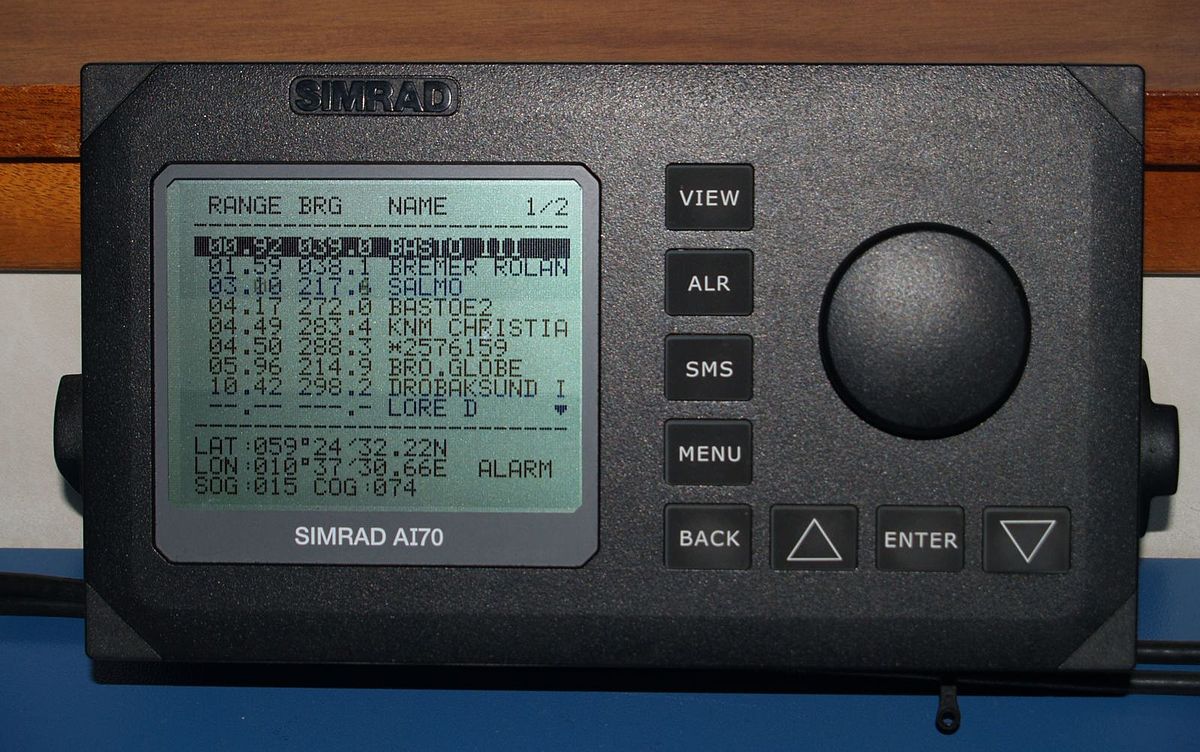Introduction to AIS
The Automatic Identification System (AIS) is a crucial maritime communication system used globally for tracking vessel movements and navigational data. It enhances maritime safety by allowing ships and traffic monitoring centers to exchange vital information, such as location, speed, and cargo details, in real-time.
Benefits of AIS in Container Logistics
AIS technology plays a pivotal role in container logistics, significantly improving vessel traffic monitoring and real-time tracking. This not only bolsters maritime safety by preventing collisions but also optimizes port and fleet management, facilitating smoother cargo flows and reducing turnaround times.
AIS Implementation and Data Analysis
The implementation of AIS involves integrating automated reporting systems that capture and analyze data efficiently. This analysis is vital for logistics companies to monitor fleet movements, assess performance, and make informed decisions that enhance operational efficiency and security.
Challenges and Future Prospects of AIS
Despite its advantages, AIS faces challenges like data overload and security concerns. However, advancements are continually being made, with environmental monitoring and secure maritime operations at the forefront, promising a future where AIS not only improves safety but also contributes to sustainable maritime logistics.
Comparative Table: Maritime Operations Before vs. After AIS Implementation
| Feature | Before AIS Implementation | After AIS Implementation |
|---|---|---|
| Vessel Tracking | Limited to radar and visual sightings | Real-time global tracking |
| Collision Avoidance | Primarily manual, based on radar and radio communications | Automated alerts and precise navigational data |
| Maritime Safety | Dependent on vessel and port reporting accuracy | Enhanced by real-time data exchange and automated reporting |
| Logistical Efficiency | Coordinated through manual scheduling and communications | Optimized with real-time positioning and traffic management |
| Environmental Impact | Less focus on monitoring emissions and routes | Improved monitoring leads to more sustainable routing and operations |
| Data Accuracy and Availability | Limited to specific reporting intervals and manual entry | Continuous, automated data collection and dissemination |
| Operational Costs | Higher due to less efficient routing and potential for delays | Reduced through optimized operations and enhanced safety measures |

